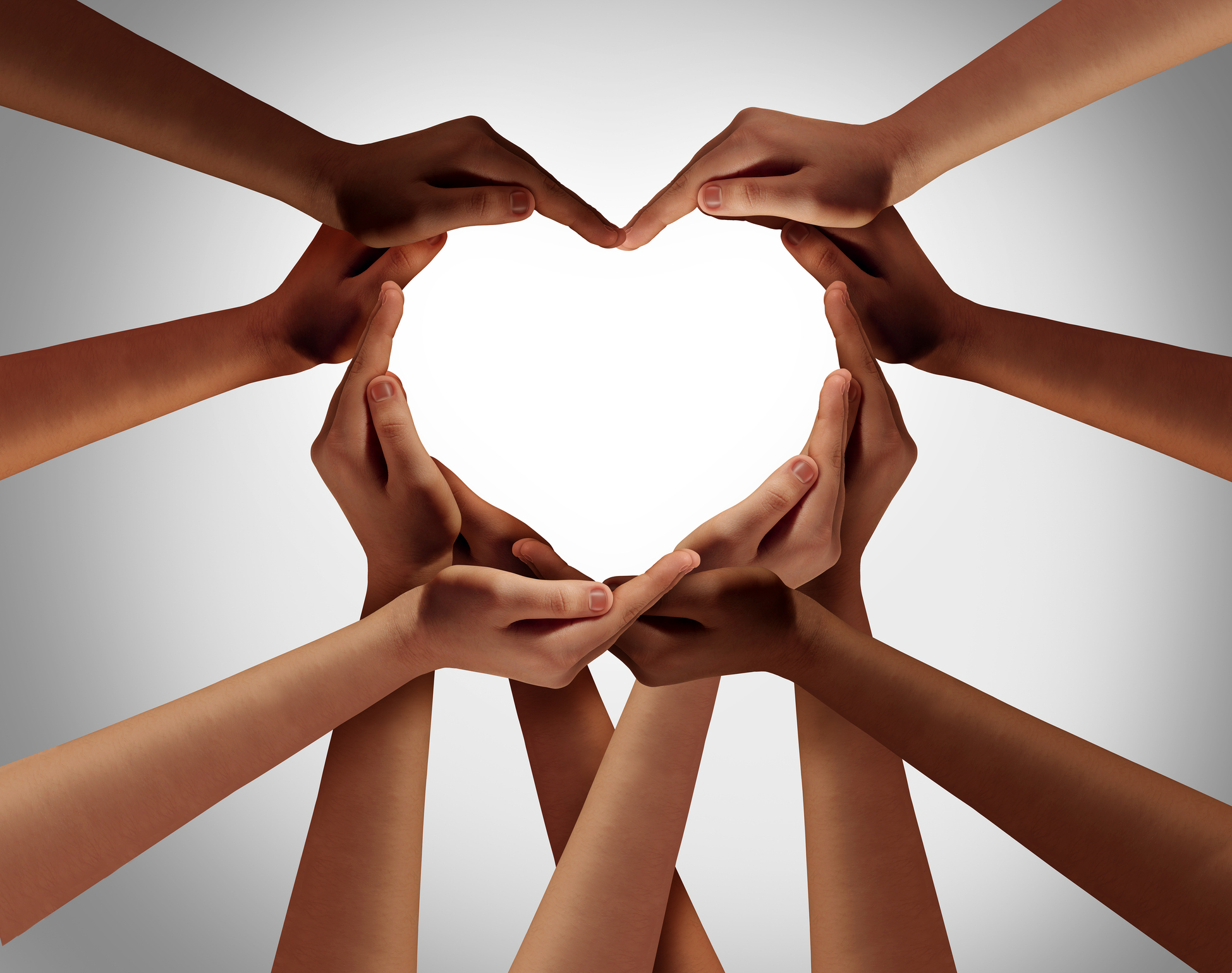Many people think of February as a time to celebrate love and connection. While Valentine’s Day celebrates romantic and platonic love, this season can also be an opportunity for educators to reflect on the relationships they build in their classrooms. Although you may be familiar with some simple ways to work on building relationships with students, you probably haven’t considered how these same strategies can be used to improve other relationships in your life. Let’s look at some relationship-building skills for the classroom, and how you can focus on improving all of your relationships this Valentine’s season—in and out of school.
The Power of Meaningful Conversations
Engaging in discussions with students about non-academic subjects is one way teachers can build positive relationships with students. Giving people time to talk and listen to what they are saying can be beneficial, as this interaction can help the individual who is talking process emotions and thoughts, feel heard and understood, and reduce their stress.
One effective strategy for changing the behavior of a student is the 2×10 strategy— spending 2 minutes talking to that student about non-academic topics for 10 school days in a row. These conversations can help the student improve their behavioral and academic outcomes, and it could reduce your need to use punitive discipline. Just a few minutes of talking can encourage students and teachers to build understanding and respect for one another and help students meet their needs for attention, safety, and control.
Try This Outside the Classroom: Think about someone in your life you’ve been struggling to connect with lately. What would it look like to take a small step towards consciously connecting with them? What do you think engaging in 2 minutes of conversation with that person, especially the listening component, could do for your relationship?
Using Praise to Reinforce Positive Behavior
Using praise is another effective tool for encouraging positive behavior and utilizing it could help build a connection between teachers and students. When used effectively, praise can reinforce good habits, motivate students, and contribute to a more positive classroom environment. Here are some tips for giving meaningful praise to students:
- Use Names: Use the student’s name to make sure they know you’re talking to them: “Cevan, I noticed that you did a great job raising your hand before you answered.”
- Be Specific: Explain the behavior that the student performed well so they know how to do it again. “Good job” doesn’t give much direction, but “Kira, I love how detailed these adjectives are” tells the student exactly what she did right.
- Maintain a Positive Ratio: Focus on giving more praise than direction or criticism— using a ratio of three positive to one negative comment is suggested.
- Catch students being good: When appropriate, wait until a misbehaving student does something correctly so you can give praise, rather than scolding or redirecting them while they’re slightly off-task.
- Praise Small Steps: When working to shape a complex behavior, start by praising small behaviors that approximate or precede the expected behavior. For instance, this could be praising a student for starting their work when the goal is that they complete the task.
- Set Praise Goals: Give praise frequently and consider setting a goal for how much praise you will try to deliver during a lesson.
Apply This to Personal Relationships
- Give specific feedback instead of settling for “thanks.” An example of this could be saying, “thanks for grabbing me a coffee this morning because I mentioned I had a long night. That was so thoughtful of you, Marisa.”
- Offer criticism paired with some examples of things the other person is doing well. An example of this could be saying, “I really love how creative this idea is, and how fun you make it sound. You’re so interesting! That said, I don’t think a picnic in February is a good idea. What else could we do?”
- Focus on noticing how often you offer positive information in conversations. It can be easy to fall into a negative pattern, and you may think that you’re “being real” or people don’t mind. Consider how you can shift your ratio of positive-to-negative interactions.
- Look for small actions that people in your life are doing right and try to acknowledge them. You could recognize these actions by using a gesture; remarking on an action or habit (like always putting dishes in the dishwasher) that often gets taken for granted; or noticing and mentioning small steps that are being taken to reach a goal.
- Make a habit of looking for the good in others and telling them that you noticed. Consider setting a goal for how many compliments you give out every day.
Strengthening Connections Inside and Outside the Classroom
If you’re interested in learning more about building relationships with students, you can look at our trainings on active listening, giving praise, the 2×10 strategy, and being a warm demander.
If you’re interested in learning more about simple strategies for improving your relationships outside of school, you could start by talking openly with your friends and loved ones and listening empathetically to what they have to say in return. Happy Valentine’s Day!
Reference(s):
Dweck, C., & Carlson-Jaquez, H. (2010). Using praise to enhance student resilience and learning outcomes: Applications of psychological science to teaching and learning modules. American Psychological Association. https://www.apa.org/education-career/k12/using-praise
McKibben, S. (2014). The two-minute relationship builder.


